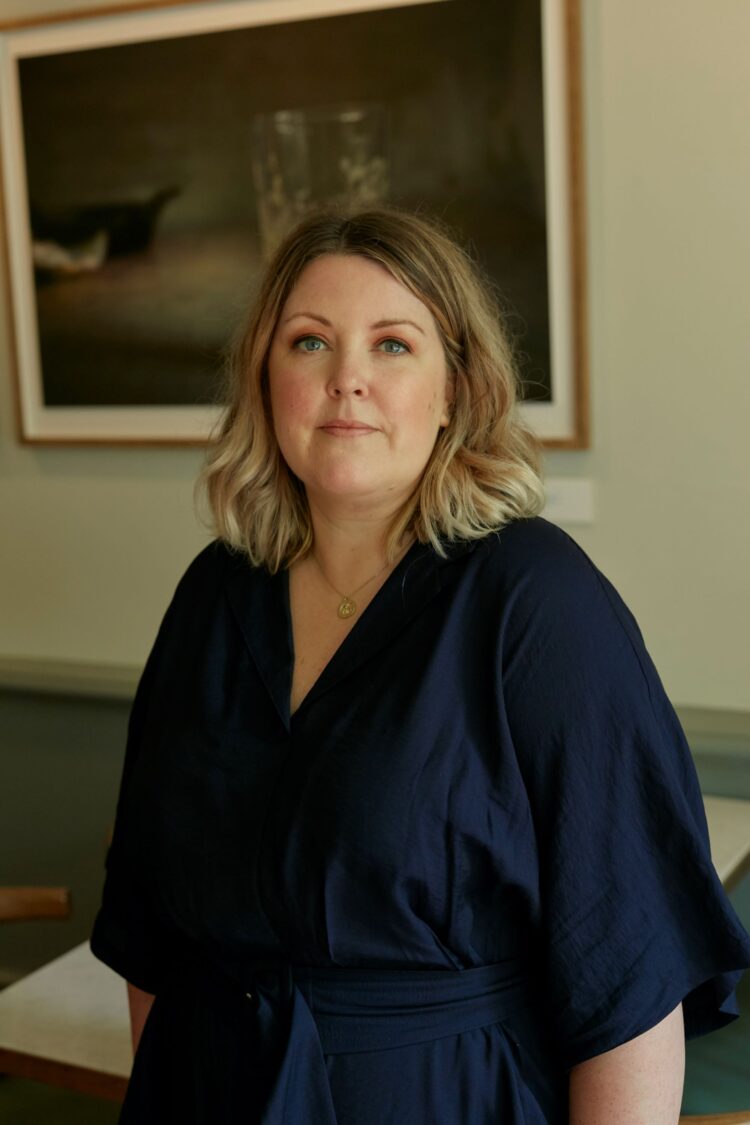The best-selling author from Co Cork is known for her gripping plots and tense storylines. To coincide with the release of her new novel, ‘Burn After Reading’, she reveals the true crime books that have fascinated her over the years
Catherine Ryan Howard is an award-winning writer who has held readers captive with books like The Nothing Man and 56 Days – a tense thriller set in the early days of Covid which is currently being made into a TV series by Amazon Prime.
Her latest book Burn after Reading – out now – is another thrilling page-turner, about a ghost writer tasked with telling the story of a man accused of killing his wife, in an attempt to prove his innocence.
Here are top recommendations of crime fiction books that you may not have heard of yet.
“As a crime writer, I often encounter people who say they don’t read crime fiction and then immediately demonstrate that they don’t actually know what crime fiction is, or can be. Their impression of the genre is about thirty years out of date: pulpy, disposable, blood-splattered reads.
The same is true for true crime, a genre which has a reputation as being sensationalist and exploitative but which, in reality, offers sophisticated examinations of justice, memory, the nature of evil and the concept of truth itself – as well as just some bloody good reads. (Pun absolutely intended.)
Let me convince you. Avoiding the usual suspects, here are a few I recommend…
Midnight in the Garden of Good and Evil by John Berendt
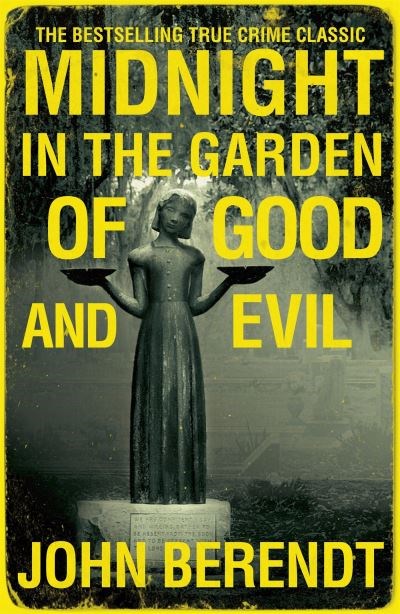
It’s rare that a true-crime tome would make you desperate to book a holiday to the scene of the crime, but Midnight is as much an irresistible travelogue as it is the story of a murder. It’s 1981 and Jim Williams, a wealthy antiques dealer, is charged with the murder of his live-in assistant, Danny Hansford – but claims self-defence. The crime sends shockwaves through Savannah society and the subsequent four (!) trials set the town’s rumour-mill alight. Berendt spent years entrenched with the unforgettable characters that populate this book which, despite being about a murder, is a delectable delight. Savannah reportedly had a 46% increase in tourists in the two years after its release.
American Ground: Unbuilding the World Trade Centre by William Langewiesche

If you watched the incredible TV series The Looming Tower or read the book it was based on, you’ll know the events that led up to 9/11. If you’ve been to New York in the last decade or so, you’ll know what stands on the site of the World Trade Centre now. We all watched what happened on that fateful day, live on television. But what happened next, in the days and weeks and months that followed, when ‘The Pile’ as it was known – a still-smoking cemetery of twisted steel, dusty debris and human remains – had to be, somehow, cleaned up and cleared away? Langewiesche was at the site from almost the very beginning, and the result is this intriguing and relentlessly surprising book about, among other things, city politics, engineering and the depths of human resilience.
The Fact of a Body: A Murder and a Memoir by Alexandria Marzano-Lesnevich
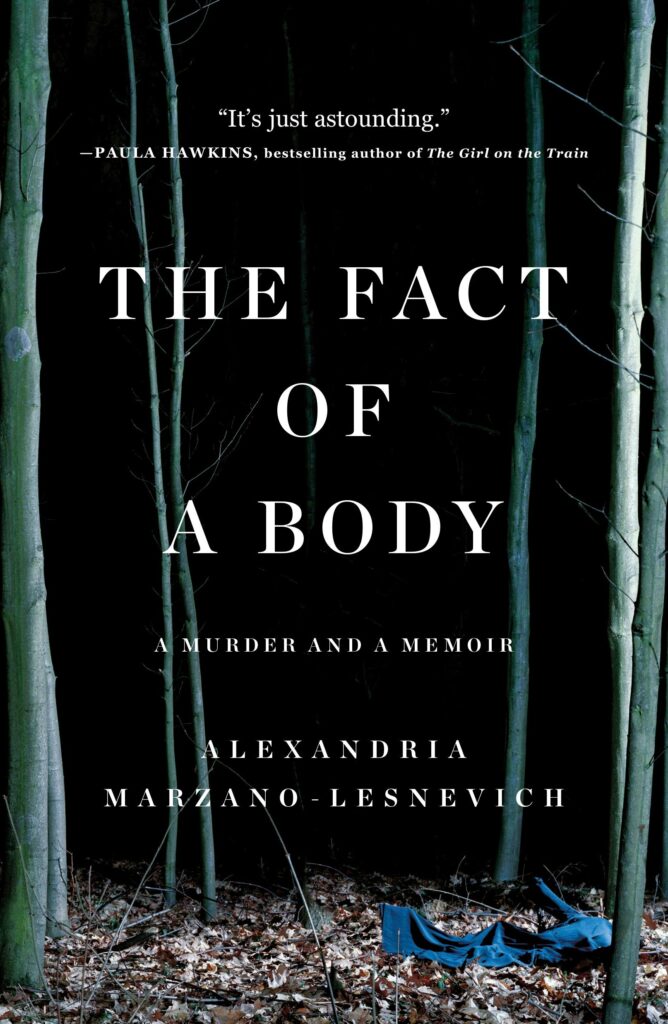
I’m drawn to novels that play with structure and blur the lines of genre – which, as far as I’m concerned, are the perimeter of a playground, not a prison – and so it was no wonder that I was drawn to this marriage of traditional true-crime and memoir. In 2003, the author (who now goes by Alex/they) was a law student interning at a death-penalty defence firm when they heard a decades-old recording of a man named Rick Langley confessing to the murder of a 6-year-old boy and realised they wanted Langley to die for what he’d done. Their reaction prompted them to dig deeper into the case, which had, it turned out, some unsettling similarities to their own story. This haunting, thought-provoking book grips like a thriller and lingers long after you’ve finished the final page.
You Could Do Something Amazing With Your Life [You Are Raoul Moat] by Andrew Hankinson
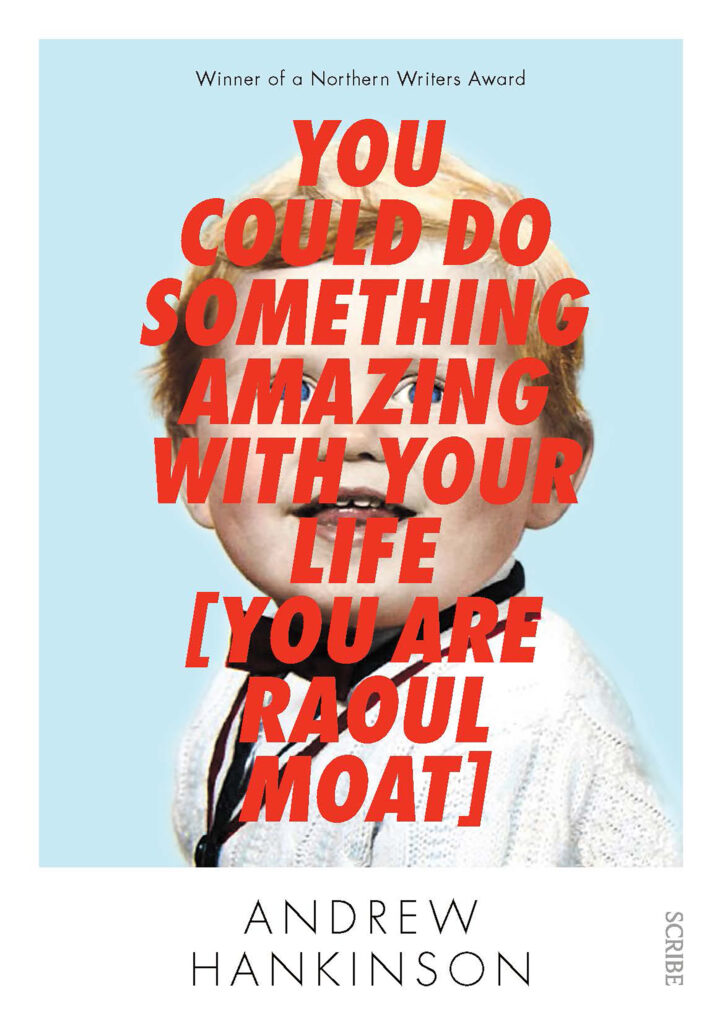
You probably recall the event; for a week in July 2010, it was the only thing on Sky News. Moat had killed his ex-girlfriend’s new boyfriend, shot her in the stomach, blinded a policeman and disappeared into the woods, where he managed to evade detection for seven days. It was one of the biggest manhunts in UK history. Even Ray Mears, TV survivalist, was called in to help. When he was eventually cornered, Moat took his own life. In this truly original and ambitious literary experiment, written entirely in the present-tense and second person, Hankinson takes us inside Moat’s mind, using only words Moat wrote or recorded. It’s an attempt to get to the why of it all, while avoiding any easy answers.
All the books in the Jeffrey MacDonald/Joe McGinniss saga
True crime is rarely seen as the heights of literary sophistication, but for my money, there’s no other genre so actively proving that there are three sides to every story: yours, mine and the truth. Jeffrey MacDonald was a physician in the US Army when, in February 1970, he murdered his wife and two young daughters but blamed four Manson Family-like intruders for the crime. Now, buckle up. Author Joe McGinniss befriended MacDonald and then wrote a book in which he made it clear that he thought MacDonald was guilty: Fatal Vision. MacDonald was upset with what he saw as McGinniss’ betrayal, which Janet Malcolm wrote about in her seminal essay The Journalist and the Murderer. In 2012, the director Errol Morris published a book about why he thought MacDonald was innocent: A Wilderness of Error. The same year, McGinniss published an essay-length final word on the subject, Final Vision. Reading them all is a fascinating experiment in perspectives and the malleability of truth.
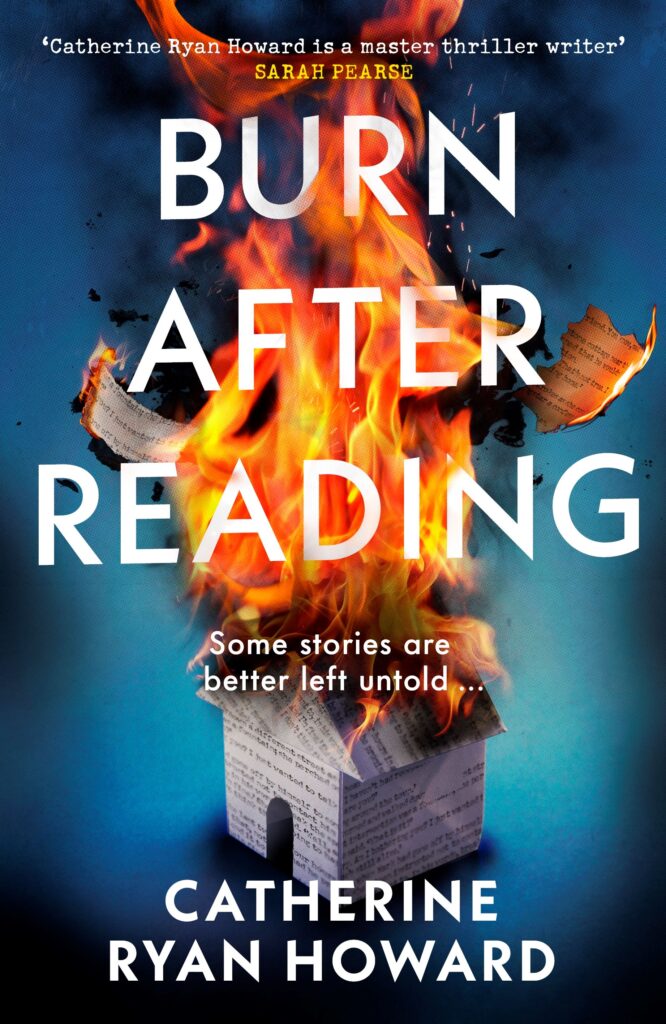
Writing books
The sparks for my crime fiction often come from true crime. In 2004, OJ Simpson signed a million-dollar book deal with HarperCollins to confess, in print. But only hypothetically.
If I Did It would reveal what happened on the night Simpson brutally murdered his ex-wife Nicole Brown and Ron Goldman – or what might have happened if he did it, because he was going to still maintain that he didn’t, actually.
I couldn’t get the idea of a ghostwriter trapped in a room with a man who everyone knew was a murderer out of my mind. I started to wonder: what if the subject’s guilt wasn’t so cut and dry? What if the ghostwriter was a woman? And what if she was keeping some secrets of her own?”

